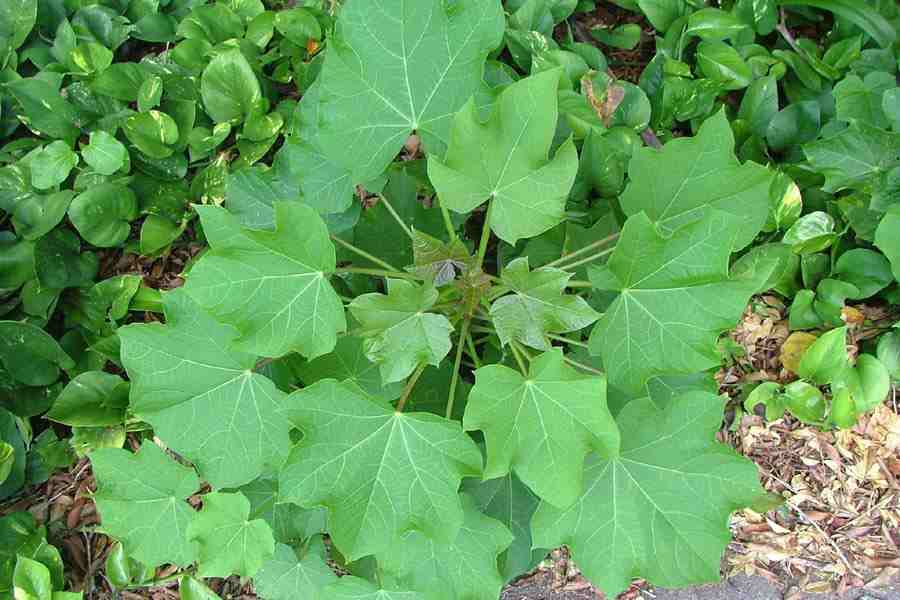
Mission Biofuels India Private Ltd
Add a review FollowOverview
-
Sectors HR/ Recruiting Remote Jobs
-
Posted Jobs 0
-
Viewed 4
Company Description
Jatropha a Practical Alternative Renewable Resource
Constantly the biodiesel market is trying to find some option to produce eco-friendly energy. Biodiesel prepared from canola, sunflower and jatropha can change or be combined with standard diesel. During first half of 2000’s jatropha biofuel made the headlines as a popular and promising alternative. It is prepared from jatropha curcas, a plant species belonging to Central America that can be grown on wasteland.

Jatropha Curcas is a non edible plant that grows in the deserts. The plant grows extremely rapidly and it can yield seeds for about 50 years. The oil received from its seeds can be utilized as a biofuel. This can be combined with petroleum diesel. Previously it has been utilized twice with to fuel test flight of airlines.
Another favorable approach of jatorpha seeds is that they have 37% oil content and they can be burned as a fuel without fine-tuning them. It is likewise used for medical function. Supporters of jatropha biodiesel state that the flames of jatropha oil are smoke free and they are successfully evaluated for simple diesel motor.
Jatropha biodiesel as Renewable Energy Investment has actually drawn in the interest of lots of business, which have checked it for vehicle use. Jatropha biodiesel has been road evaluated by Mercedes and 3 of the automobiles have covered 18,600 miles by using the jatropha plant biodiesel.
Since it is due to the fact that of some drawbacks, the jatropha biodiesel have not thought about as a fantastic sustainable energy. The biggest issue is that no one knows that what precisely the performance rate of the plant is. Secondly they do not know how big scale growing may affect the soil quality and the environment as a whole. The jatropha plant requires five times more water per energy than corn and sugarcane. This raises another problem. On the other hand it is to be noted that jatropha can grow on tropical climates with annual rainfall of about 1000 to 1500 mm. A thing to be kept in mind is that jatropha needs appropriate watering in the very first year of its plantation which lasts for years.
Recent survey states that it holds true that jatropha can grow on degraded land with little water and poor nutrition. But there is no evidence for the yield to be high. This might be proportional to the quality of the soil. In such a case it may require high quality of land and might require the exact same quagmire that is faced by a lot of biofuel types.
Jatropha has one primary downside. The seeds and leaves of jatropha are poisonous to humans and animals. This made the Australian federal government to prohibit the plant in 2006. The federal government declared the plant as invasive species, and too dangerous for western Australian agriculture and the environment here (DAFWQ 2006).
While jatropha has stimulating budding, there are number of research difficulties remain. The value of detoxification has to be studied because of the toxicity of the plant. Along side a systematic research study of the oil yield need to be carried out, this is extremely essential since of high yield of jatropha would most likely required before jatropha can be contributed substantially to the world. Lastly it is also extremely important to study about the jatropha species that can survive in more temperature level climate, as jatropha is extremely much restricted in the tropical climates.

